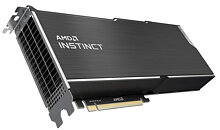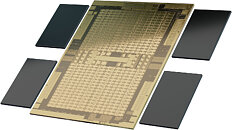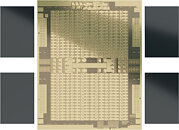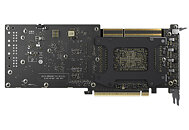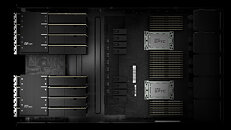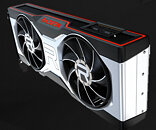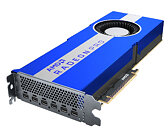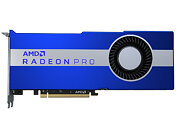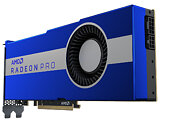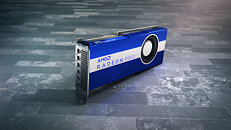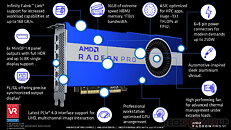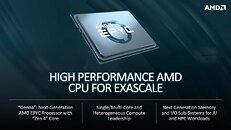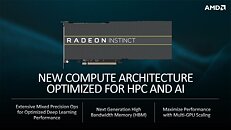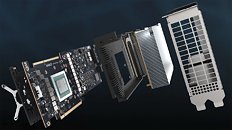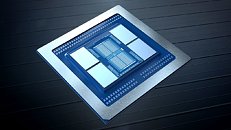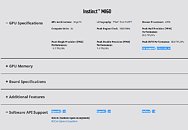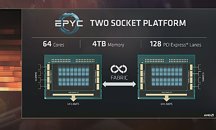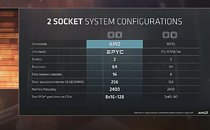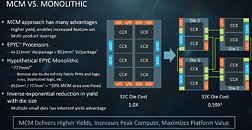
AMD Leads High Performance Computing Towards Exascale and Beyond
At this year's International Supercomputing 2021 digital event, AMD (NASDAQ: AMD) is showcasing momentum for its AMD EPYC processors and AMD Instinct accelerators across the High Performance Computing (HPC) industry. The company also outlined updates to the ROCm open software platform and introduced the AMD Instinct Education and Research (AIER) initiative. The latest Top500 list showcased the continued growth of AMD EPYC processors for HPC systems. AMD EPYC processors power nearly 5x more systems compared to the June 2020 list, and more than double the number of systems compared to November 2020. As well, AMD EPYC processors power half of the 58 new entries on the June 2021 list.
"High performance computing is critical to addressing the world's biggest and most important challenges," said Forrest Norrod, senior vice president and general manager, data center and embedded systems group, AMD. "With our AMD EPYC processor family and Instinct accelerators, AMD continues to be the partner of choice for HPC. We are committed to enabling the performance and capabilities needed to advance scientific discoveries, break the exascale barrier, and continue driving innovation."
"High performance computing is critical to addressing the world's biggest and most important challenges," said Forrest Norrod, senior vice president and general manager, data center and embedded systems group, AMD. "With our AMD EPYC processor family and Instinct accelerators, AMD continues to be the partner of choice for HPC. We are committed to enabling the performance and capabilities needed to advance scientific discoveries, break the exascale barrier, and continue driving innovation."
